One of the frustrating things for Windows users is their PC freezes on startup. They do not see any error message or any Blue Screen error message and there is no way to find out what is wrong. When you encounter such an issue, you might see the “Windows is starting” message does not disappear from the screen and there is no sign of desktop even after staring at the screen or long periods.
If you think restarting the computer might solve the issue, you might feel more frustrated to see the Windows 10 freeze on startup again. Here we have shared a few solutions that could help resolve the issue.
Solution One- Disable Fast Startup
The fast startup option in Windows helps the computer start faster after a shutdown. When the fast startup mode is activated, Windows OS saves the kernel session and the system information (device drivers) to the hiberfil.sys file instead of closing them. There is a possibility fast startup mode is causing Windows 10 to freeze on startup.
According to experts, you need to disable fast startup and see if the issue is resolved. Here are the steps to follow.
- Right-click the Start button on the desktop
- Click Search
- Type Control Panel in the search box and press Enter on the keyboard
- In the Control Panel window, click Power Options
- In the next window, click Choose what the power buttons do that appears in the left pane
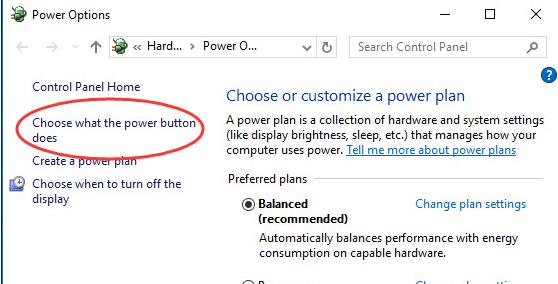
- Click Change settings that are currently unavailable.
- In the next window, uncheck the box Turn on Fast startup
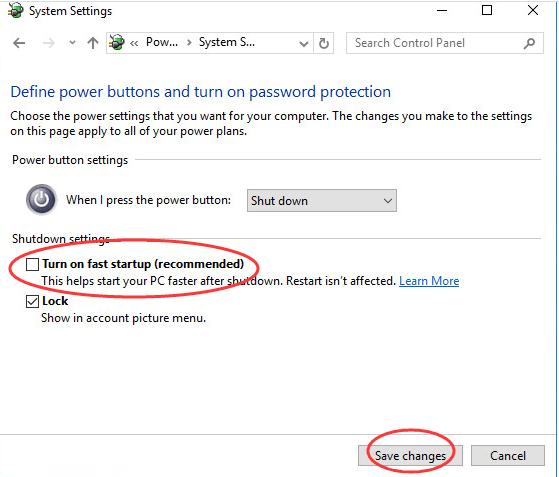
- Click Save Changes
- Close all windows and restart the system
Solution Two- Remove all USB-connected devices
According to experts, USB connected devices could also cause problems like Windows 10 freezing on startup. To ensure that is not in your case, you need to unplug all USB connected devices like camera, keyboard, mouse, and other USB peripheral devices and restart your computer.
If Windows boots successfully, you can conclude some USB device is causing the problem. In this scenario, you need to connect one USB device at a time and restart Windows. After you have found the culprit USB device, try getting a replacement or look for updated drivers. If Windows continues to freeze at startup, the problem is not caused by USB connected devices. You can move to the next solution in the list.
Solution Three – Run SFC and DISM
Windows needs several files during the booting process. If any system file is missing or corrupt, it could lead to issues like windows freezing at startup. The SFC(System File Checker) is an in-built Windows maintenance tool that checks the integrity of system files. If it finds any files missing or corrupt, it replaces them with a cached version.
The DISM is a part of Windows maintenance tools. It is a command-line tool used to service Windows images. According to experts, DISM should be used if SFC fails to resolve the issue. DISM can connect to the Windows update server and fix any system file issues that cannot be fixed by other maintenance tools.
Run SFC
- Press Win+ X keys simultaneously on your keyboard
- Select Command Prompt with admin rights
- Click Yes in the User Account Control Menu prompt
- When you see a blinking cursor appears in the command window, type the following command:

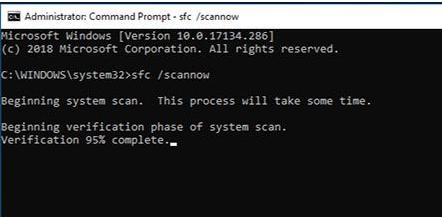
- Press the Enter key
Allow the SFC tool to run and wait for the process to complete. The tool is designed to find and perform file fixes automatically. After SFC has completed its operation, restart your computer to see if the issue has been fixed. If you still see the Windows 10 is freezing at startup, run the DISM tool.
Run DISM
- Open Command prompt with admin rights
- In the command prompt window, type DISM /Online /Cleanup-Image /Check Health
- Hit enter on the keyboard
- Wait for the command operation to complete and then type the command given below
- DISM /Online /Cleanup-Image /Restore Health

- Press Enter
Solution Four – Disable AppXSvc
AppXSvc refers to AppX Deployment Service. The service deploys Store Apps. The AppXSvc Process is used for installing, uninstalling, and updating Store apps. The service runs at the startup and it could be the reason behind Windows 10 freezing at startup. You need to disable AppXSvc and see if it helps. We have discussed steps to disable AppXSvc through a registry hack. Here are the steps to follow.
- Press the key combination Windows + R to launch the Run command box
- In the Run command, type regedit and hit Enter on the keyboard
- In the User Account Control window, click Yes
- In the registry editor, navigate to HKEY_LOCAL_MACHINE > SYSTEM > ControlSet001 > Services.
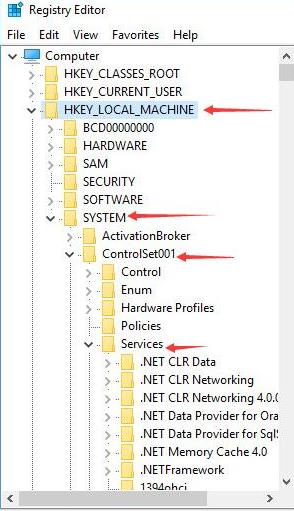
- Click AppXSvc in the left-hand pane
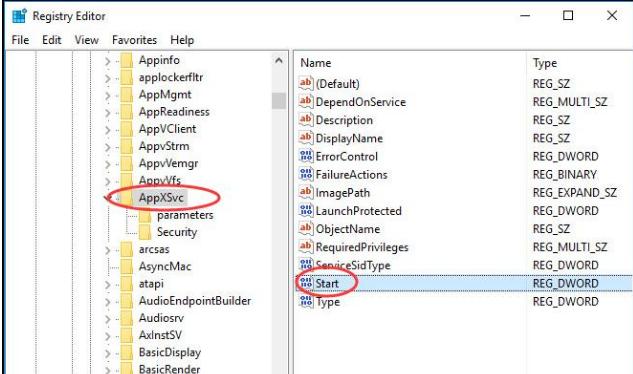
- In the right-hand pane, double-click Start.
- In the Edit DWORD window, set the start value to 4
- Click OK
- Close registry editor and all windows
Restart your computer and see if you have succeeded in resolving the issue of Windows 10 freezing at startup.
Solution Five – Update Device Drivers
Last but not the least, keep your device drivers up to date. Outdated drivers can cause all sorts of problems in Windows, including frequent freeze ups at the startup.
The good news is that updating drivers is neither time-consuming nor complicated if you use a driver update software tool.
Automatic driver update tools offer many benefits, the most important ones being:
- You can update device drivers automatically
- The software scans and updates all outdated or missing drivers at one go
- The tool picks the right drivers for your device and operating system, so you won’t have to worry about installing an incorrect driver by mistake
- Automatic driver updates are 100% safe
Driver Updater is one of the best driver update tools out there. Outbyte Driver Updater will give you access to a database of over 1 million drivers. It will regularly scan your PC, suggesting new driver versions to install. Driver Updater contains drivers for a variety of Windows devices. With just one click, you can update drivers in your system.
Step 1
Click here to Install and launch the app
Step 2
Scan all devices
Step 3
Install or update drivers automatically

Leave a Reply